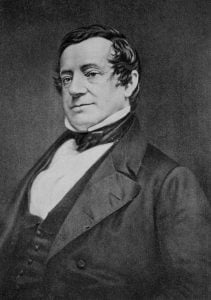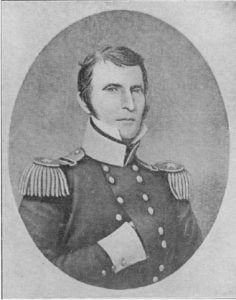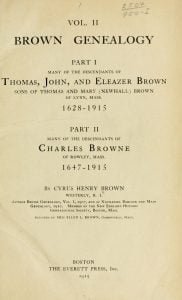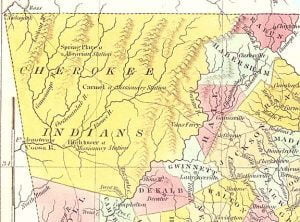Washington Irving at Fort Gibson, 1832
The McIntosh Creeks had been located along Arkansas River near the Verdigris on fertile timbered land which they began at once to clear, cultivate, and transform into productive farms. The treaty of 1828 with the Cherokee gave the latter a great tract of land on both sides of Arkansas River embracing that on which the Creeks were located. This was accomplished by a blunder of the Government officials, in the language of the Secretary of War, “when we had not a correct knowledge of the location of the Creek Indians nor of the features of the country.” This situation produced … Read more




